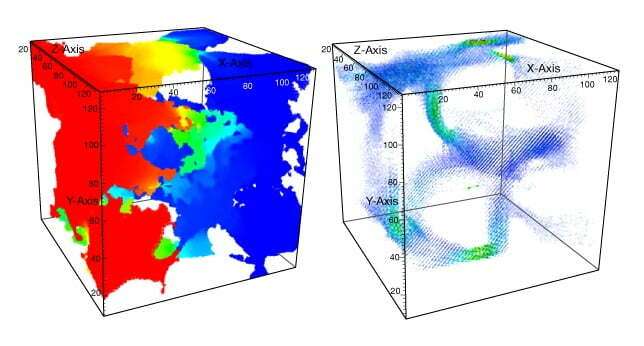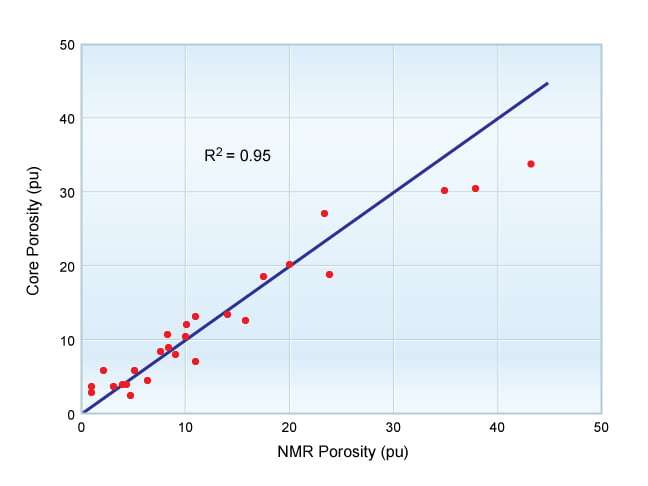Nuclear Magnetic Resonance (NMR) Logging
The nuclear magnetic resonance (NMR) logging tool is used to measure in-situ rock properties such as porosity, permeability and residual oil saturation. NMR technology is also applied as a tool for special core analysis. NMR imaging enables the analyst to visualize fluids in a porous medium in three dimensions on a sub-millimeter scale, and thus to study porosity and fluid saturation distributions, along with fractures and drilling mud invasion. NMR images only the mobile fluids within the pore structure. Figure 1 shows an NMR image of the petrophysical simulation of pore-scale Darcy flow in sandstone. Figure 2 shows a comparison of NMR porosity with the core porosity.


 Petro Shine The Place for Oil and Gas Professionals.
Petro Shine The Place for Oil and Gas Professionals.



